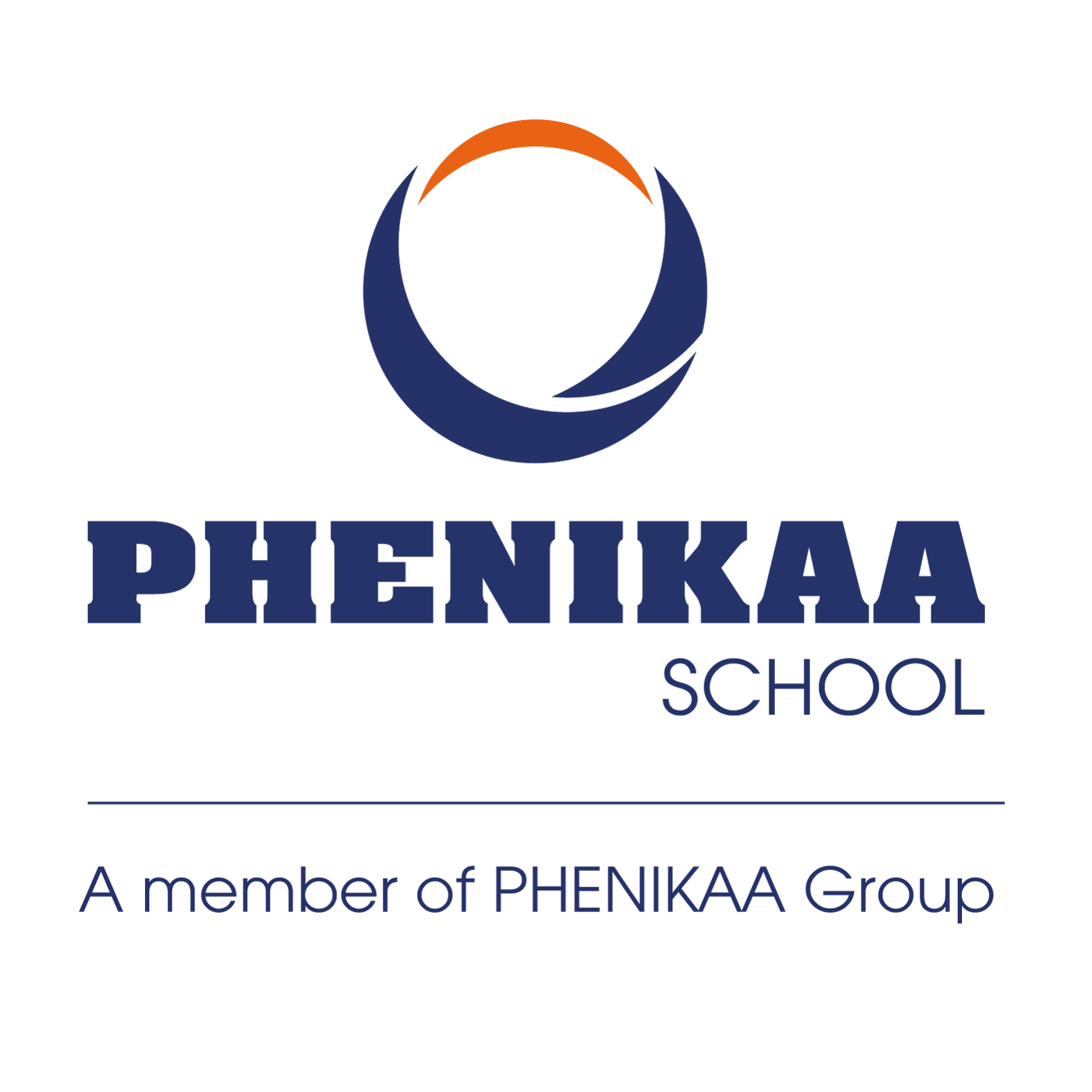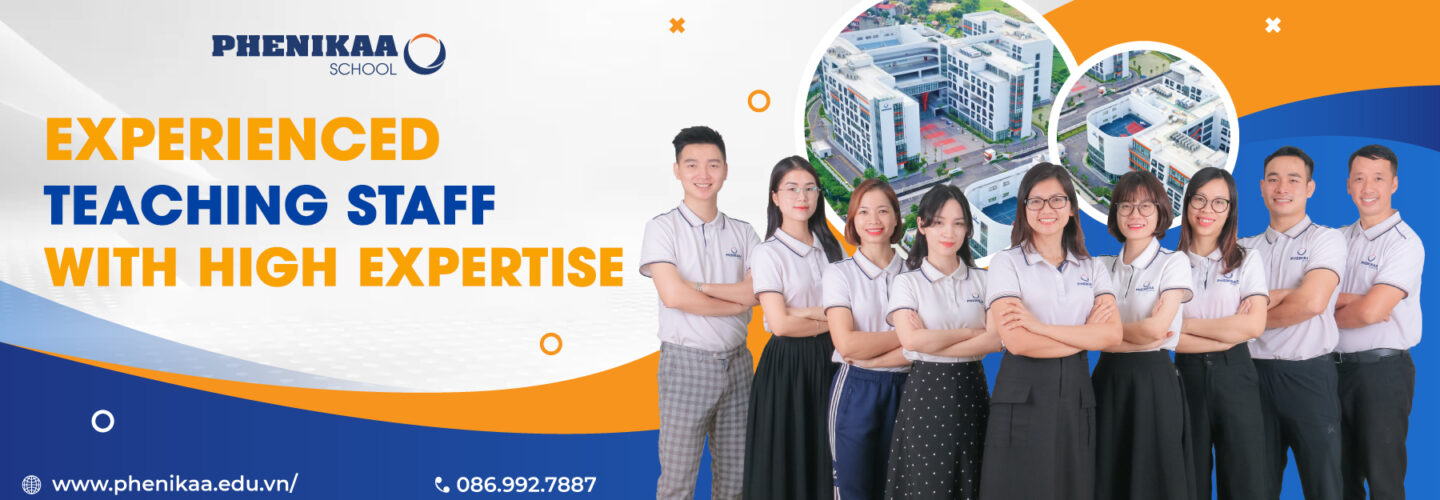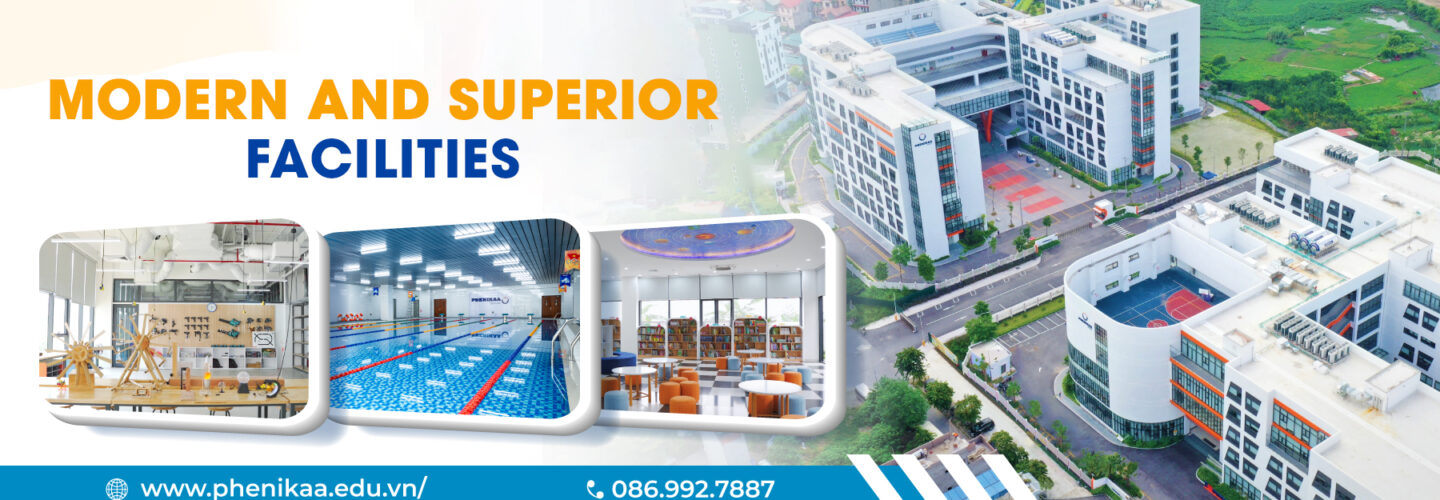Science and technology have drastically changed and impacted most aspects of human life, including education. Such changes are demonstrated in learning approaches and methods.
Due to the advent of thousands of software for online learning and translation, mere fluency in a foreign language will not give students a distinct advantage. Therefore, instead of focusing solely on linguistic studies, nowadays, students strive to develop their capability in science, programming, or other specialized subjects. It is the inevitable trend of this era, where the language barrier is increasingly narrowed.
Thus, since Phenikaa School’s infancy, the Leadership has set the goal of “Fostering a second language acquisition environment” so that students apply their newly acquired English skills as a means for learning and conducting research.
The question, then, is: “How to foster a second language acquisition environment?”
Our solution focuses on 3 key points:
– Building a balanced curriculum with an adequate number of English lessons based on scientific research
– Building the School Library and Learning Center
– Applying CALLA model as a way to integrate English with other academic subjects
1. A balanced curriculum with an adequate number of English lessons based on scientific research. According to GSE research, also known as the 10.000 learning hours theory, the amount of time devoted to studying is one of the key indicators of success or effectiveness of learning. In Vietnam, however, these indicators suffer a certain degree of deviation due to departures from the norm related to the students’ age, motivation, living environment, etc., when starting to acquire linguistic skills. Therefore, the allocation of English lesson hours at Phenikaa School serves to meet the time requirements in relative terms. We also emphasize on reducing stress from examinations, thus opting instead to promote students’ interest in second-language acquisition through academic subjects that are taught in English such as Math, ICT, Science, Cultural, and other extra-curricular activities. Hence, students are able to spend an increased amount of time on real-life experience and use English as a means of communication in various fields, other than simple language acquisition.
School Library and Learning Center
School Library and Learning Center are among the most important factors fostering a second-language acquisition environment.
Phenikaa School is proud of the well-invested School Library built in accordance with American standards. In addition to a rich and valuable collection of learning materials, we also incorporate reading lessons into the main curriculum to facilitate and inspire students’ reading interest. We aim to build a culture of reading among all students, which will be our highlight and pride.

An appropriate approach will lead to the effectiveness of language acquisition.
Scientific researches about language acquisition and language learning can be summed up in 3 main approaches: Grammar-based Approach, Communicative Approach, and Cognitive Approach (Herrera & Murry, 2016).
The Grammar-based Approach has been implemented in Vietnam for decades. However, such approach is teacher-centric and focuses on teaching grammars and linguistic rules, rendering it ineffective in making language acquisition a tool for students to learn other academic subjects or STEM. It requires students to memorize vocabulary and practice constantly to develop a habit of using the language while giving inadequate attention to listening and speaking skills.
Meanwhile, with the Communicative Approach through meaningful communication, teachers play the role of an instructor or advisor, while students are placed at the center of the learning process. This approach enjoys worldwide popularity, especially in multi-racial classes in the US, as it helps students to develop language fluency. In order for this approach to work, it is crucial that teachers are able to communicate fluently and interact freely so as to create an enabling environment.
The Cognitive Academic Language Learning Approach (CALLA) is more suitable to be implemented in Vietnam. First, this approach is developed for ESL students, therefore, it is suitable for Vietnamese students. Secondly, it comprises of 3 main pillars: content, academic language, and learning strategies. Thus, when properly applied, it will assist students in gaining academic knowledge such as Mathematics, Science and ICT, while improving English at the same time.
Given the Vietnamese educational background, flexibly integrating the 3 approaches will optimize student’s learning and academic success. Phenikaa School follows this philosophy to enable a language acquisition environment that enhances students’ learning and development.
STEM (*) stands for Science, Technology, Engineering, and Math.







 Preparing for the demands of the 21st Century
Preparing for the demands of the 21st Century